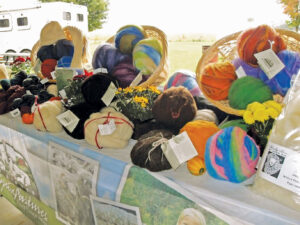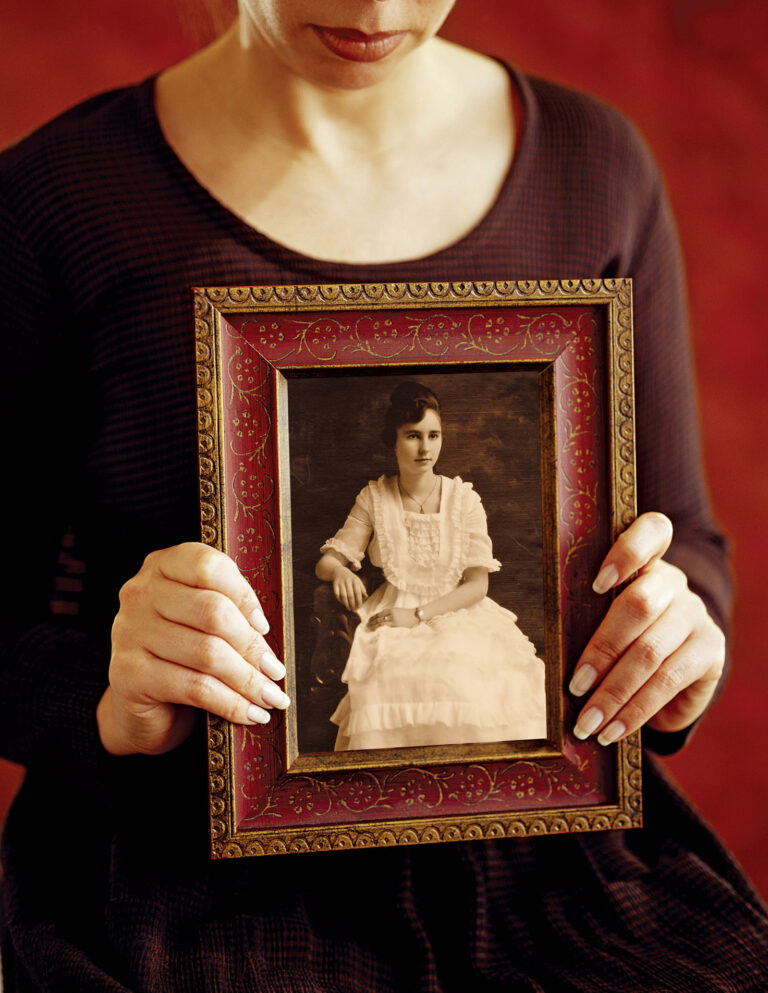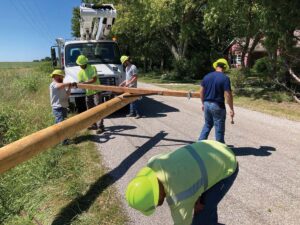 That favorite sweater, afghan or suit, or any other product bearing a wool symbol, had to begin somewhere. That origin could have been on a farm in Illinois.
That favorite sweater, afghan or suit, or any other product bearing a wool symbol, had to begin somewhere. That origin could have been on a farm in Illinois.
The history of raising sheep and harvesting wool goes way back in time. It got its start in frontier times when J.G. Stolp, a New Yorker, built a mill on a small island on the Fox River in Aurora back in 1837. That was just the beginning. Wool has seen its peaks and valleys, seeing a setback in 1920 when synthetic “orlon” was introduced.
However, the tried and true beauty and warmth of real wool continues to attract the hobbyist and many enthusiasts embrace its value. In 2006, that passion culminated into the formation of Green Pastures Fiber Cooperative, supported by a Small Minority Producer Grant from the U.S. Department of Agriculture. The grant helped fund increasing membership and awareness to the consumer market.
Be open minded when thinking of wool. While white bundles of sheep huddled in an open field may come to mind, there is much more to wool. From the elegant Alpaca to the gentle Columbia, adorable Angora Rabbit, hardy Cheviot and black fleece Shetland to the Navajo Churro, descended from sheep left behind by the Spanish Conquistadors, the animals raised by members of the Illinois Green Pastures Fiber Cooperative boasts an impressive variety of fiber characteristics.
Currently there are 28 members of the co-op, doubling the membership of its first year when northern Illinois farmers first joined forces. Its mission remains the same – to unite farmers producing all kinds of fiber in the state, to educate people and to help those raising it reach potential buyers.
Growth continues and the cooperative model is credited.
“I believe the co-op has given us a way to promote our farm’s individual fiber to many different people at shows and on the website that we might not have been able to do on our own,” says Julie Barr, co-op member and board member. “It enables us to pool resources together to benefit each one of the members. We can rely on each other’s strengths and knowledge to promote all Illinois grown fiber to the public.”
The cooperative is seeking other interested farmers who want to move forward with purpose.
In celebrating the International Year of the Cooperative, we want to show our support for the cooperative model. Please join us each month as we continue to feature a different cooperative that you may recognize or might also be a member.









